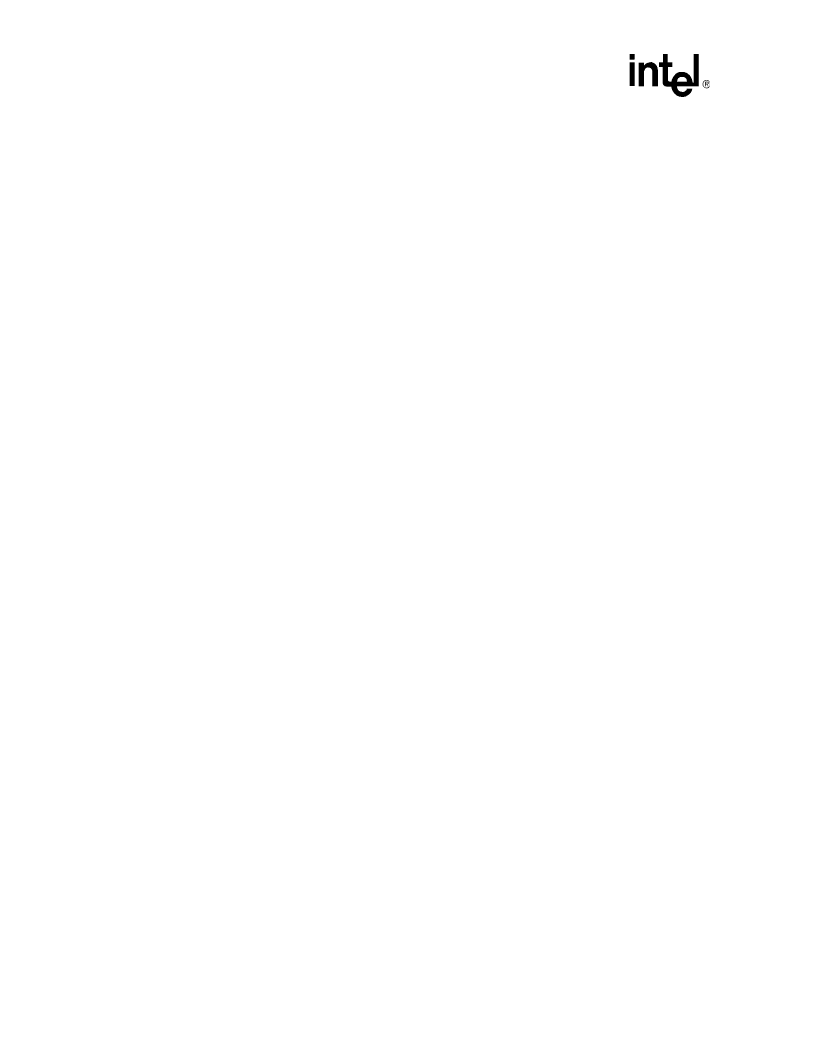- 您現(xiàn)在的位置:買賣IC網(wǎng) > PDF目錄370260 > FW802A Low-Power PHY IEEE 1394A-2000 Two-Cable Transceiver/Arbiter Device PDF資料下載
參數(shù)資料
| 型號: | FW802A |
| 英文描述: | Low-Power PHY IEEE 1394A-2000 Two-Cable Transceiver/Arbiter Device |
| 中文描述: | 低功耗PHY的IEEE 1394A端口- 2000兩線收發(fā)器/仲裁器裝置 |
| 文件頁數(shù): | 8/36頁 |
| 文件大小: | 461K |
| 代理商: | FW802A |
第1頁第2頁第3頁第4頁第5頁第6頁第7頁當(dāng)前第8頁第9頁第10頁第11頁第12頁第13頁第14頁第15頁第16頁第17頁第18頁第19頁第20頁第21頁第22頁第23頁第24頁第25頁第26頁第27頁第28頁第29頁第30頁第31頁第32頁第33頁第34頁第35頁第36頁

Intel
80200 Processor based on Intel
XScale
Microarchitecture
Functional Overview
8
August 2002
Datasheet
2.2
Branch Target Buffer (BTB)
Each entry of the 128-entry BTB contains the address of a branch instruction, the target address
associated with the branch instruction, and a previous history of the branch being taken or not
taken. The history is recorded as one of four states: strongly taken, weakly taken, weakly not-taken,
or strongly not-taken. The BTB can be enabled or disabled via coprocessor 15, register 1.
When the address of the branch instruction hits in the BTB and its history is strongly or weakly
taken, the instruction at the branch target address is fetched; when its history is strongly or weakly
not-taken, the next sequential instruction is fetched. In either case the history is updated.
Data associated with a branch instruction enters the BTB the first time the branch is taken. This
data enters the BTB in a slot with a history of strongly not-taken (overwriting previous data when
present).
Successfully predicted branches avoid any branch-latency penalties in the superpipeline.
Unsuccessfully predicted branches result in a 4-5 cycle branch-latency penalty in the superpipeline.
2.3
Instruction Memory Management Unit (IMMU)
For instruction prefetches the IMMU controls logical-to-physical address translation, memory
access permissions, memory domain identifications, and attributes (governing operation of the
instruction cache). The IMMU contains a 32-entry, fully associative Instruction Translation
Look-A-Side Buffer (ITLB) that has a round-robin replacement policy. ITLB entries 0-30 can be
locked.
When an instruction prefetch misses in the ITLB, the IMMU invokes an automatic table-walk
mechanism that fetches an associated descriptor from memory and loads it into the ITLB. The
descriptor contains information for logical-to-physical address translation, memory access
permissions, memory domain identifications, and attributes governing operation of the i-cache.
The IMMU then continues the instruction prefetch by using the address translation just entered into
the ITLB. When an instruction prefetch hits in the ITLB, the IMMU continues the prefetch using
the address translation already resident in the ITLB.
Access permissions for each of up to sixteen memory domains can be programmed. When an
instruction prefetch is attempted to an area of memory in violation of access permissions, then the
attempt is aborted and a prefetch abort is sent to the core for exception processing. The IMMU and
DMMU can be enabled or disabled together.
相關(guān)PDF資料 |
PDF描述 |
|---|---|
| FW802A-DB | Low-Power PHY IEEE 1394A-2000 Two-Cable Transceiver/Arbiter Device |
| FW802C | FW 802C LOW - POWER IEEE 1394A-2000 TWO CABLE TRANSCEIVER/ ARBITER DEVICE |
| FW802C-DB | FW 802C LOW - POWER IEEE 1394A-2000 TWO CABLE TRANSCEIVER/ ARBITER DEVICE |
| FW803-09-DB | PHY IEEE 1394A Three-Cable Transceiver/Arbiter Device |
| FW803 | PHY IEEE 1394A Three-Cable Transceiver/Arbiter Device |
相關(guān)代理商/技術(shù)參數(shù) |
參數(shù)描述 |
|---|---|
| FW802A-DB | 制造商:AGERE 制造商全稱:AGERE 功能描述:Low-Power PHY IEEE 1394A-2000 Two-Cable Transceiver/Arbiter Device |
| FW802B | 制造商:AGERE 制造商全稱:AGERE 功能描述:Low-Power PHY IEEE㈢ 1394A-2000 Two-Cable Transceiver/Arbiter Device |
| FW802B-DB | 制造商:Legerity 功能描述:DUAL LINE TRANSCEIVER, PQFP64 |
| FW802BF | 制造商:AGERE 制造商全稱:AGERE 功能描述:Low-Power PHY 1394a-2000 Two-Cable Transceiver/Arbiter Device |
| FW802BF-09-DB | 制造商:AGERE 制造商全稱:AGERE 功能描述:Low-Power PHY 1394a-2000 Two-Cable Transceiver/Arbiter Device |
發(fā)布緊急采購,3分鐘左右您將得到回復(fù)。